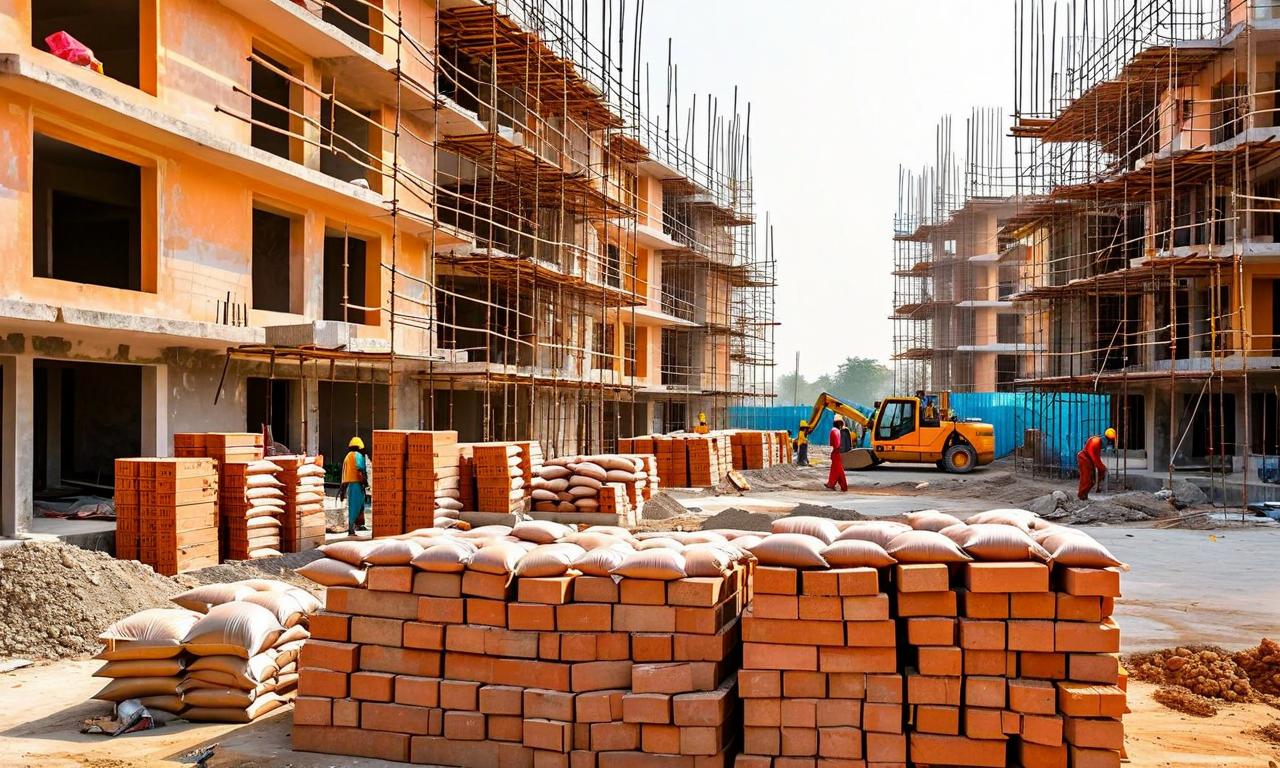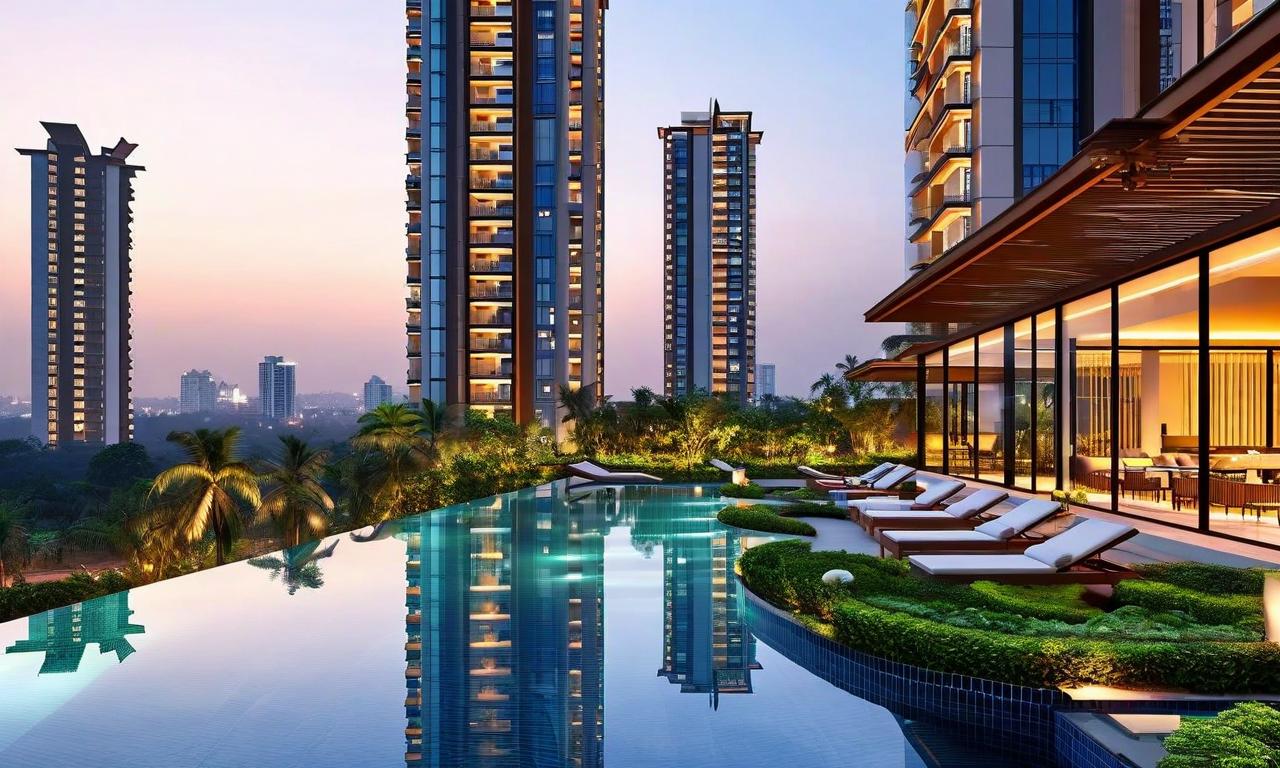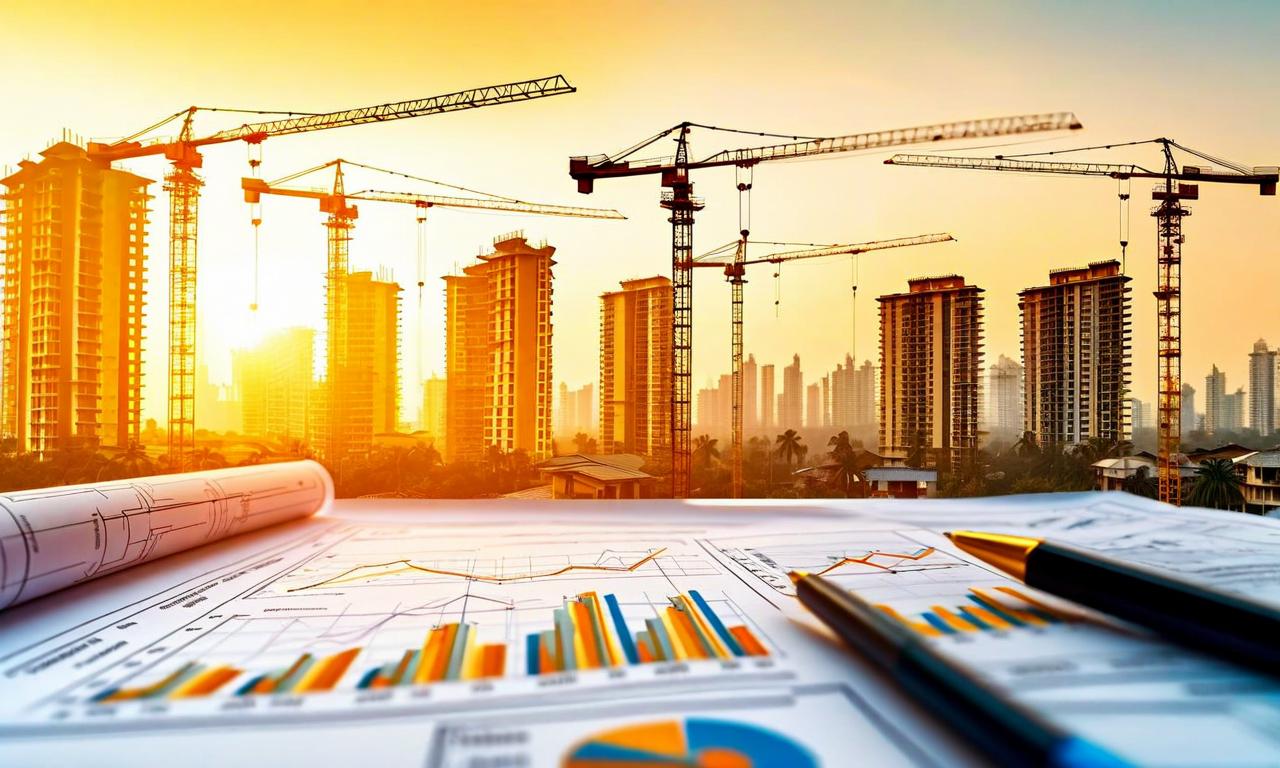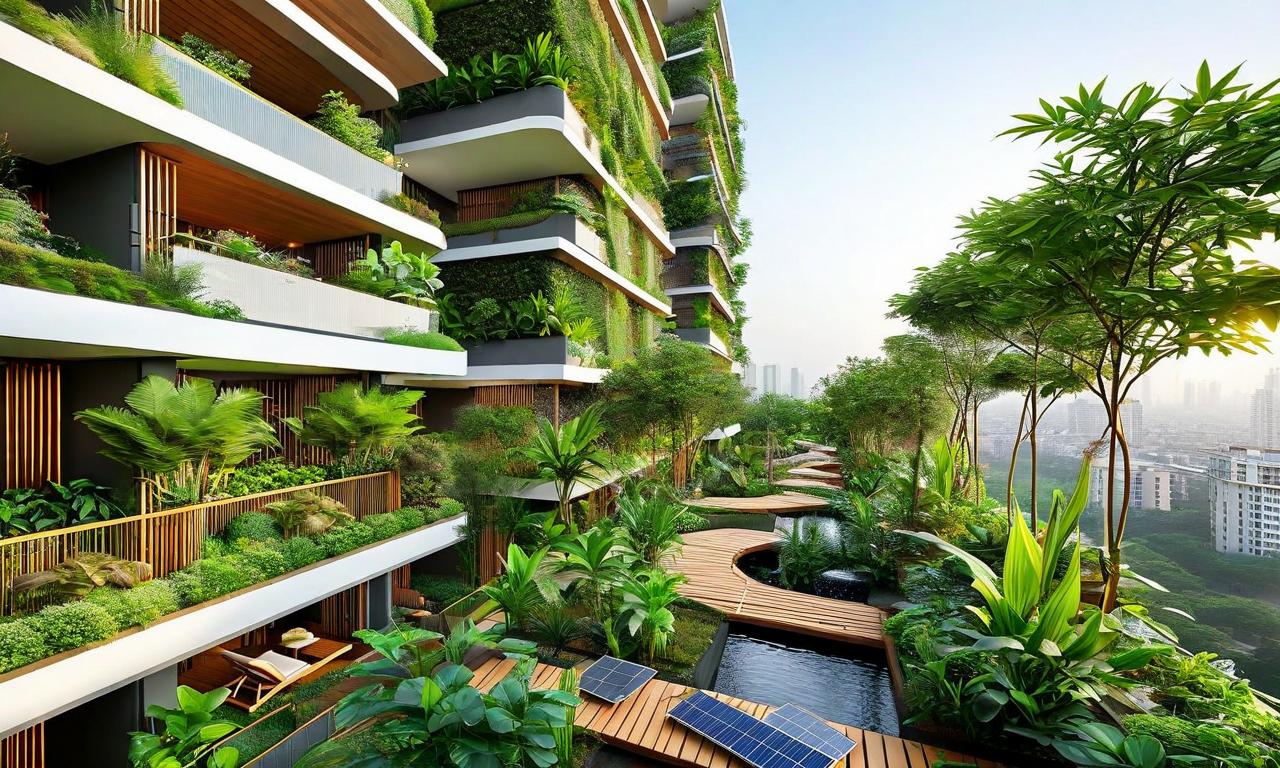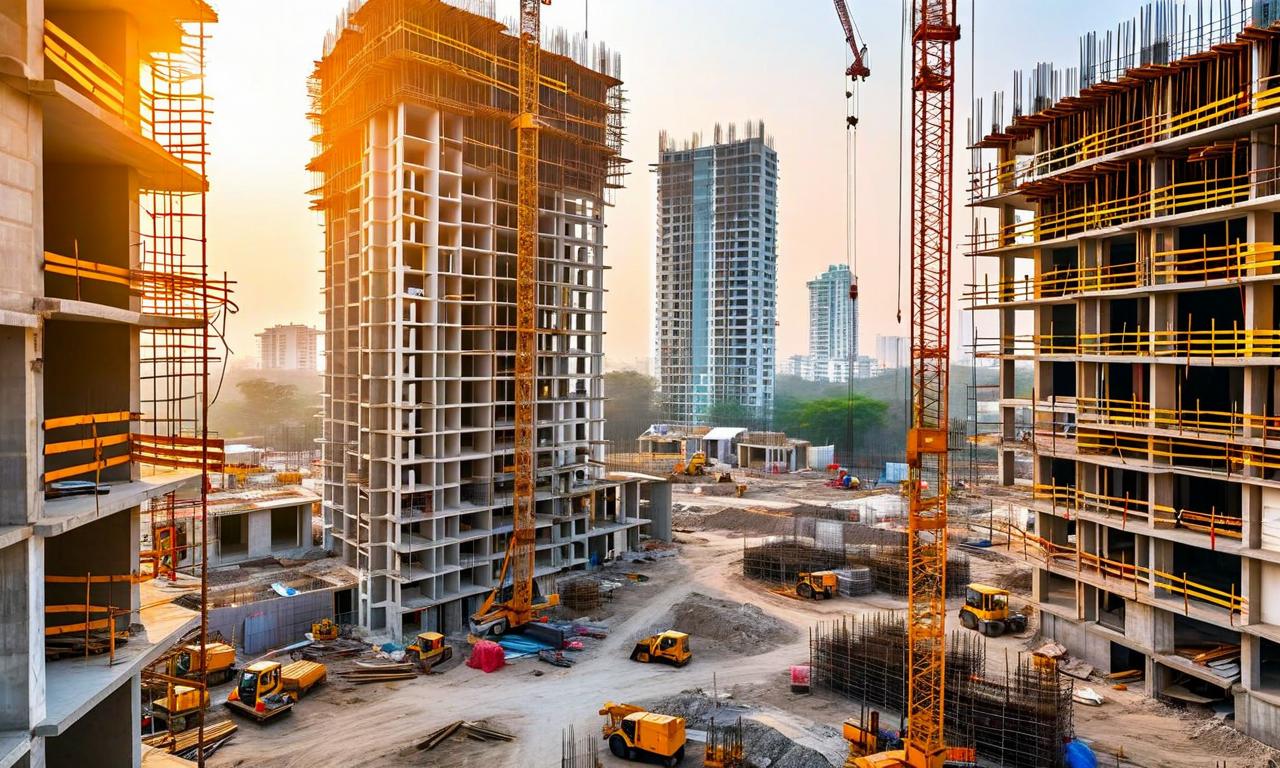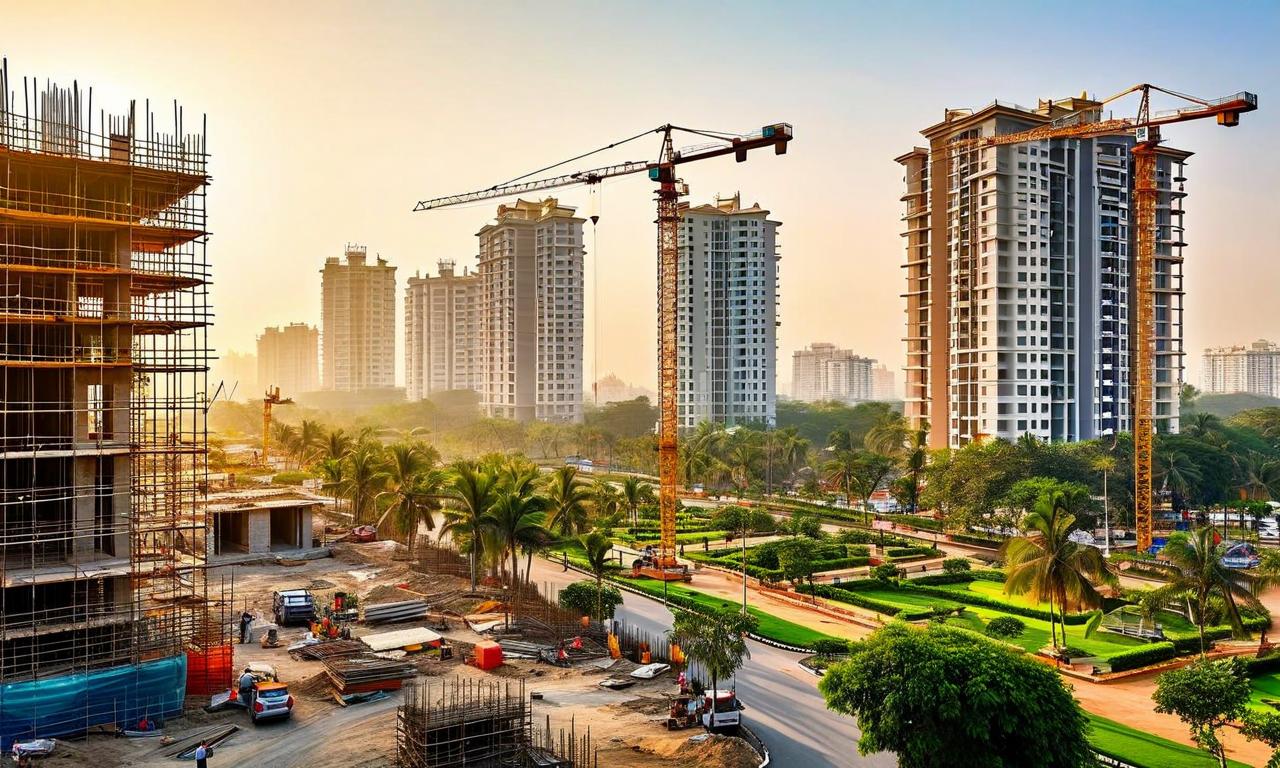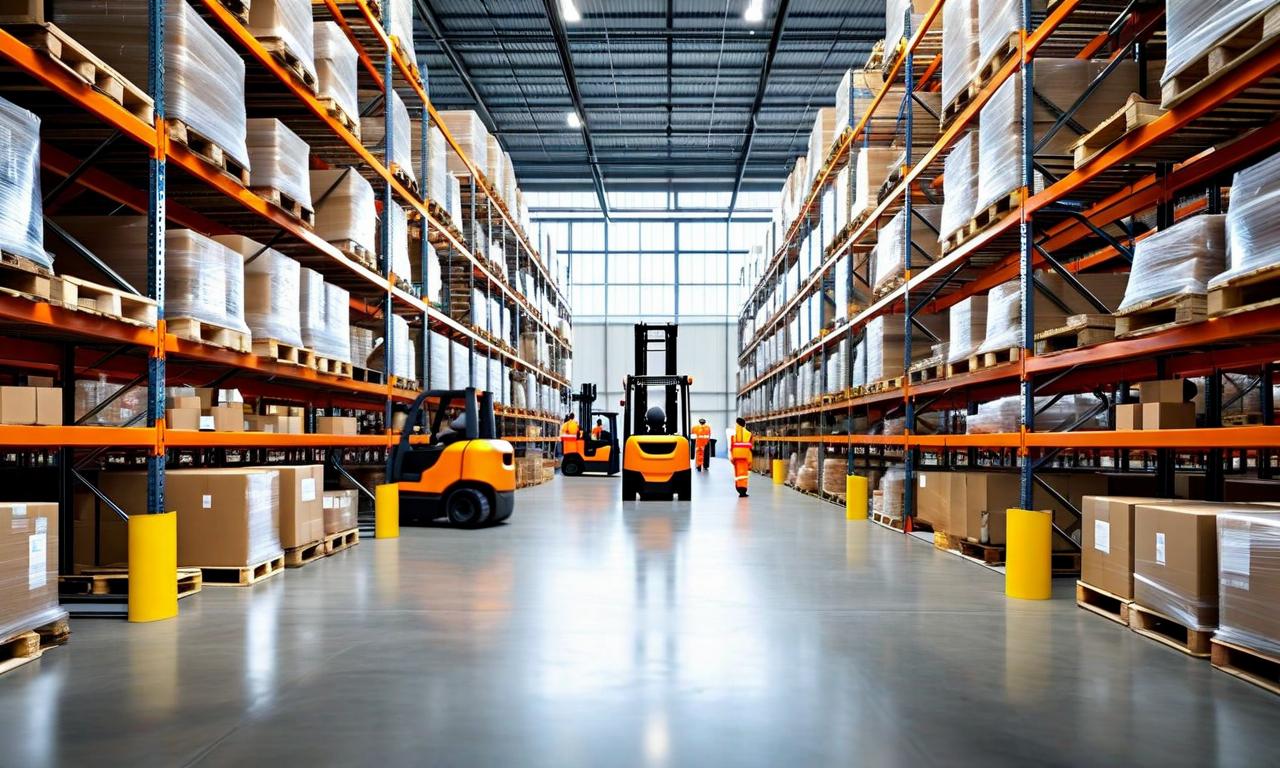SBI Home Loan Rate Hike: Potential Slowdown in Housing Demand, First-Time Buyers Most Affected
State Bank of India (SBI) has increased home loan interest rates to 7.50%-8.70%, potentially affecting the real estate market. This move may lead to a temporary slowdown in housing demand, particularly impacting first-time buyers. The premium housing segment is expected to remain stable, while mid-income and mass housing segments may face pressure. Developers might respond by increasing affordable housing stock, offering smaller functional spaces, implementing creative payment structures, and adjusting pricing.
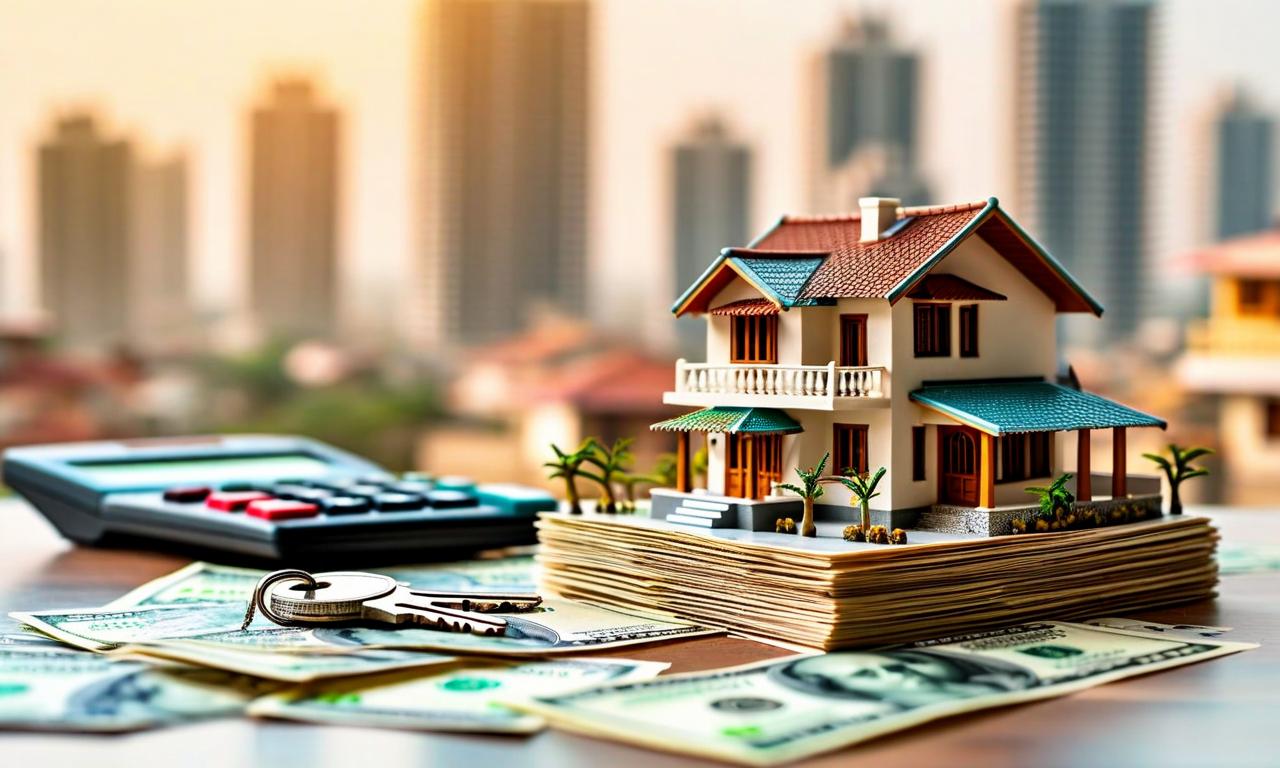
*this image is generated using AI for illustrative purposes only.
State Bank of India (SBI), India's largest lender, has recently increased its home loan interest rates to a range of 7.50% to 8.70%, bucking the trend in a broader falling interest rate environment. This move is expected to have significant implications for the real estate sector, particularly affecting first-time homebuyers and potentially slowing down housing demand.
Impact on Homebuyers
Amit Mamgain, Director at Yugen Infra, provides insights into the potential consequences of this rate hike:
- Temporary Slowdown: The increase in home loan rates is likely to cause a temporary deceleration in housing demand.
- First-Time Buyers Most Affected: Those entering the property market for the first time are expected to be the most impacted, as they are typically more sensitive to changes in EMIs and overall affordability.
- Delayed Purchases: Prospective buyers may postpone their property purchases in response to the higher interest rates.
- Shift in Preferences: Some buyers might opt for lower budget segments or gravitate towards more affordable housing options.
Market Segment Analysis
The impact of SBI's rate hike is expected to vary across different segments of the real estate market:
Premium Housing
This segment, catering to better-financed buyers, is likely to remain relatively stable.
Mid-Income and Mass Housing
These segments are anticipated to face increased pressure, with:
- Slower conversion rates
- Extended decision-making cycles for potential buyers
Developers' Response
In light of these changes, real estate developers may need to adapt their strategies:
- Increase Affordable Housing Stock: To cater to the shifting demand towards more affordable options.
- Offer Smaller Functional Spaces: Providing compact yet practical living solutions.
- Creative Payment Structures: Implementing innovative payment plans to attract buyers.
- Pricing Adjustments: Developers might need to temper their pricing to accommodate the reduced loan eligibility of potential buyers.
The real estate sector is likely to experience a period of adjustment as both buyers and developers navigate the implications of SBI's home loan rate hike. While the premium segment may remain resilient, the mid-income and affordable housing segments could see significant shifts in demand and purchasing patterns.
